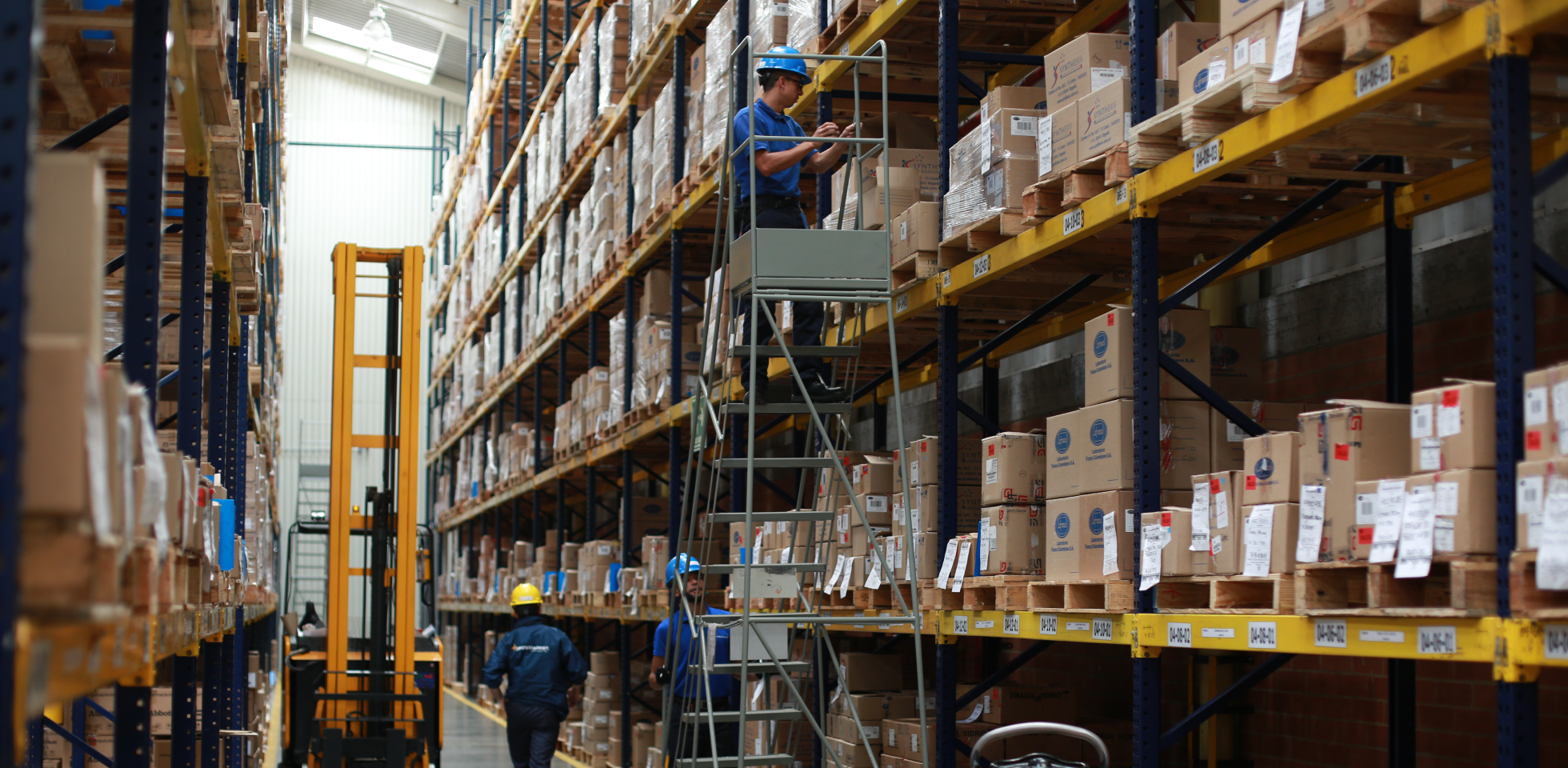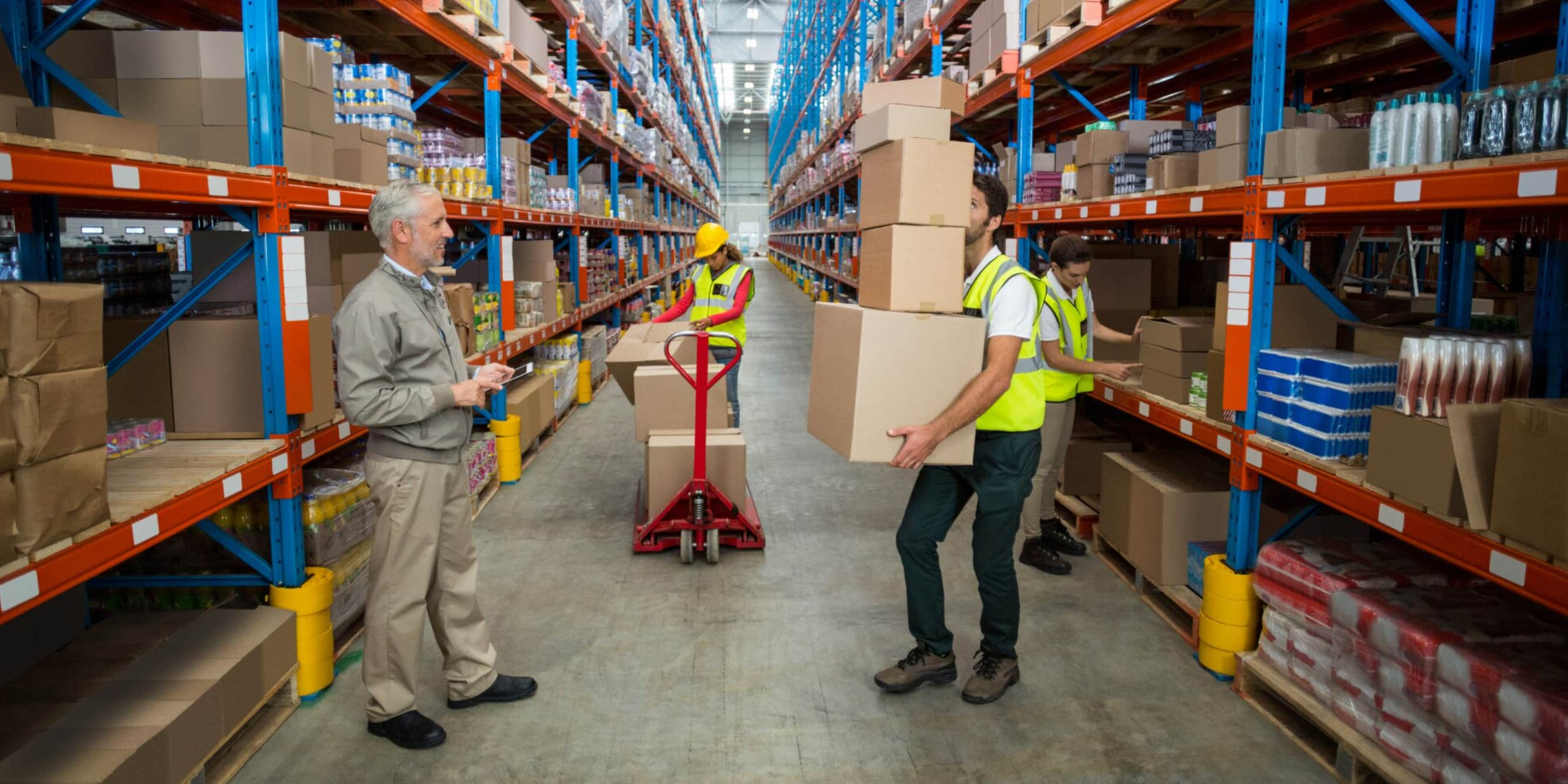Technology is present in our daily life, and supply chain is not exempt. Advances like artificial intelligence and machine learning are not the future, but the present, and are changing the way we understand logistics in the current omnichannel world.
The sales department is no longer the only one tasked with meeting customer satisfaction. Now, all departments are moving from working on silos to work in a holistic way and, thus, offer a better shopping experience. Just like the rest of the organization, supply chain must be efficient, productive, and focused on clients.
Keeping this philosophy in mind, new trends are appearing in the market that contribute to the complex task of offering clients the right products at the right places and time. Concepts such as artificial intelligence and the internet of things give us the chance to have better visibility and trackability and let us offer completely customized products thanks to micro-segmentation, which combines data on clients, companies, and the world.
By using advanced technology, we are building actionable ecosystems and transforming supply chains on an international level, digitalizing them and freeing them of interruptions from beginning to end, improving the experience of clients and increasing their loyalty.
The following are some technologies already used to support logistics processes:
- 3D scanners: X-Ray devices capable of detecting cargoes automatically and checking them against the shipping orders. Customs and airports also use them for cargo safety, identifying smuggling attempts such as drugs or any other materials different from those specified in the shipping documentation. Using them increases efficiency, lowers mistakes and returns, improves safety and the transportation of goods.
Because 3D scanners offer the chance to speed up design, maintenance, and repairs, they will create other opportunities for innovating the supply chain.
Logistics companies have been using this technology to boost flexibility, efficiency, and cost savings throughout the supply chain. - The cloud: Gives speed, integration, and complete visibility by opening up the possibility of sharing information from any place at a lower cost because it does not demand major investment in technology infrastructure.
- Virtual reality: Gives a shared and interactive visibility that lets us understand dependency and the impact of operational decisions via real-time simulations. Smart glasses supplement this technology and improve productivity and efficiency in operations. Some companies are using these innovations to create scenarios along the supply chain to train their staff on high-risk environments.
- Smart sensors: Contribute to lower operational costs, improve demand planning, and give an overall view on client behavior. Smart sensors include platforms with memory chips and connectivity tools that turn signals into the digital data needed to monitor inventory in real time thanks to automation.
- Renewable energy sources: Reduce long-term costs, eliminate the risks of fuel price fluctuation, and improve brand image by making it socially responsible. Renewable energy sources are increasingly more accessible both in a financial and a technological sense; solar, wind, geothermal, and hydraulic power have proven to be the cleanest, safest, and most reliable in terms of power and carbon emissions, which make them also the most environment-friendly.
Spain’s royal decree (announced by Grupo Moldtrans) in 2016 is an example of how these new energy alternatives are being embraced; the decree aims to have at least 10% of transportation running on renewable energy sources by 2020. To do this, specific actions have been carried out to guarantee the supply of hydrogen, natural gas, and electricity for this sector, thus lowering its dependency on oil (gasoline) and promoting alternative renewable sources in the market.
- Robots: Using autonomous mechanisms may increase productivity, speed, efficiency, and accuracy while lowering costs and labor accidents; particularly for sorting, storing, and manufacturing tasks or activities no longer sustainable.
- Blockchain: Companies are exploring how to use this technology outside the financial sector. Blockchain can help record prices, dates, and location of products, make sure corporate standards are met, and lower the losses from piracy.
We must keep in mind that the final goal of these trends is to increase efficiency, lower costs, and creating new business opportunities. Even though every day new technologies appear that may be used in supply chains it may also be true that all of them can be used by a company. Before choosing one and investing large amounts of money, we need to carry out an in-depth analysis regarding the needs of our businesses, clients, competitors, and markets, and of our companies’ medium- and long-term goals.
.jpg)




